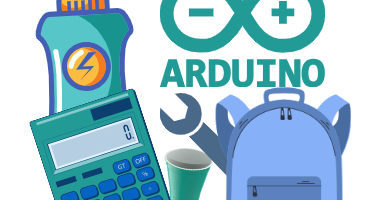Admissions into engineering programs at Waterloo are competitive. During 2014, approximately ten thousand students applied for just over a thousand total spaces. Every year, Ontario, out-of-province, and international students alike polish their Admission Information Forms and pray their grades will meet the cut. But this competition has increased dramatically in recent years: from 2010 to 2014, the number of University of Waterloo undergraduate engineering applicants with entry averages of 90% or higher who were not offered admission rose from 109 to 1304, according to a recent blog post by professor Bill Anderson.
When a student applies to engineering at Waterloo, the student selects the program they are most interested in and completes an Admission Information Form (AIF). The AIF has a number of different sections where the student can describe their extracurricular activities, employment background, and explain why they are interested in Waterloo and in engineering. There is also the option to identify a second and a third choice program in case the student does not receive an offer for their first choice. The AIF is scored from 0 to 5 by a team of Waterloo Engineering alumni. The student’s admission average is calculated based on the required courses, which vary between schooling systems. The sum of the student’s AIF score, admission average, and an “adjustment factor” is used to create an “admission score”. The adjustment factor is the difference between a student’s admission average and their expected first year engineering average based on historical student performance data for different schools or regions. Applicants are ranked and selected based on this admission score. If a student does not submit the AIF, it is unlikely that they will receive an offer.
Waterloo currently offers 14 undergraduate engineering programs, including the new Biomedical Engineering program which began this year. According to Common University Data Ontario (CUDO), our engineering programs received a total of 6675 applicants in 2010. This number rose to 8490 in 2012 and has since continued to rise. With more students applying, the grades of the students accepted has also increased. In 2010, the percent of first year engineering students entering with averages of 95% or higher was 11.2%, and the percent of first year engineering students entering with averages between 90% and 94% was 39.5%. In 2012, these numbers increased to 20.0% and 45.8%. Unfortunately, CUDO does not have these percentages for 2013 or 2014.
The 2015 admissions brochure for Engineering includes a table listing the probability of admission given a student’s admission average and the program to which they are applying. For example, based on the table, a student applying to Mechatronics Engineering with an admission average between 80 and 85% has approximately a 2% probability of being accepted. These probabilities are based on 2014 admission results, do not include results from the AIF scoring, and group a large number of programs together; they should be considered rough approximations.
An increase in competition for admission is bittersweet. Having more applicants suggests that Engineering at Waterloo is becoming more renowned and that future incoming classes will be more talented and capable. But it also means that qualified students may be turned away simply because of an insignificant difference in grades. More applicants result in more high admission averages, but the number of spots available for these high scoring students is relatively constant. The Biomedical Engineering program will likely be expanding by five spots per year over the next few years, but there are currently no plans to expand any other programs. As long as there are more qualified students applying than there are spots available, tough admissions decisions will need to be made.




Leave a Reply